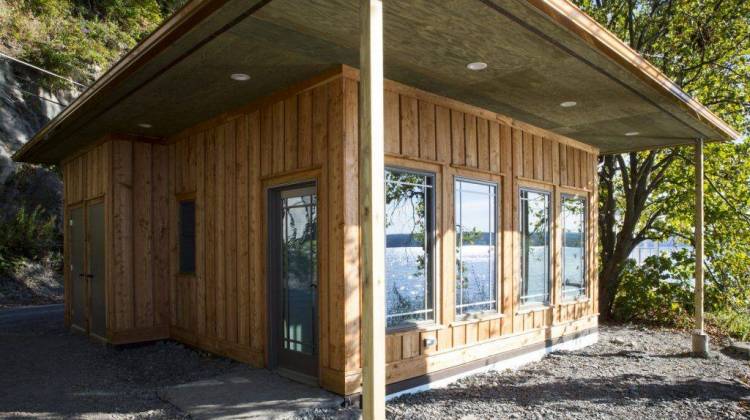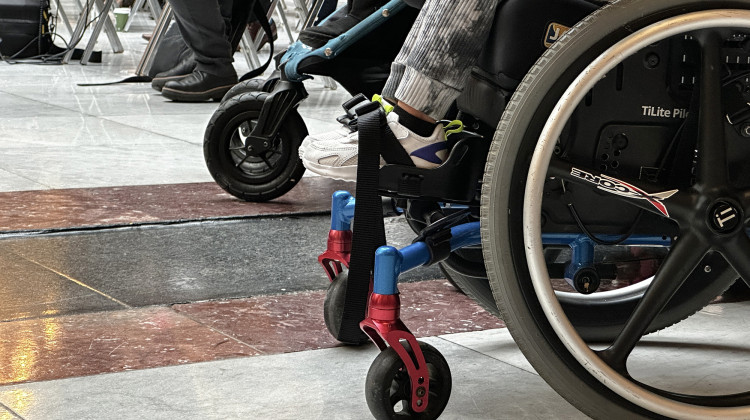A small house and a big idea are coming to the University of Southern Indiana.
The university announced it’s building a small, modular home to demonstrate how the tiny housing model could mean more accessible living for all ages.
The university plans to build the house on the USI campus. It’s part of a larger effort “aimed at creating a cultural transformation related to aging in community,” USI said in a press release.
To make the $75,000 home, the university is partnering with Bill Thomas, a geriatric doctor and national figure in the pro-aging movement. Thomas worked with an architect to create models for so-called “Minka” homes — minimalist pod-like houses with interchangeable parts that are inexpensive to make.
The USI demonstration will showcase how the “Minka” model “can be adapted to meet the needs of different ages and abilities,” said the university.
“[The Minka] is an example of architecture and technology that can help you be independent for longer. That enhanced independence in an important way of addressing agism,” Thomas said.
The home’s small size is a selling point for older people who might not be able to maintain their larger home as they age. “For older people, sustaining a big unwieldy house can be the thing that tips the scale from independence to dependence,” a blog post on his web site says.
USI College of Nursing and Health Professions Dean Ann White said while no one will permanently live in the new house, the model will allow people of all ages to learn from each other and contribute to a functional model in the future.
The model home is one part in a first-year pilot exploring models that bring older and younger people together.
The project aims to transform aging stereotypes, said White.
“We are very interested in having students involved because I think they have a lot of preconceived notions about elders and about those individuals that are aging.”
Ultimately, Thomas said he’d like to see a pod-like village spring up that has older people living within the community, not sequestered away.
People have been living in multi-generational groups their entire history, but Thomas says after doing a deep dive, he has been unable to find any university in that United States that has made the simple leap saying that people of different ages need to be together.
The project will construct Thomas’s second Minka house — Thomas’s daughter lives in the first Minka house in New York.
The pilot project is funded by the university, the USI Foundation and AARP and AARP Indiana.
 DONATE
DONATE









 View More Programs
View More Programs


 Support WFYI. We can't do it without you.
Support WFYI. We can't do it without you.